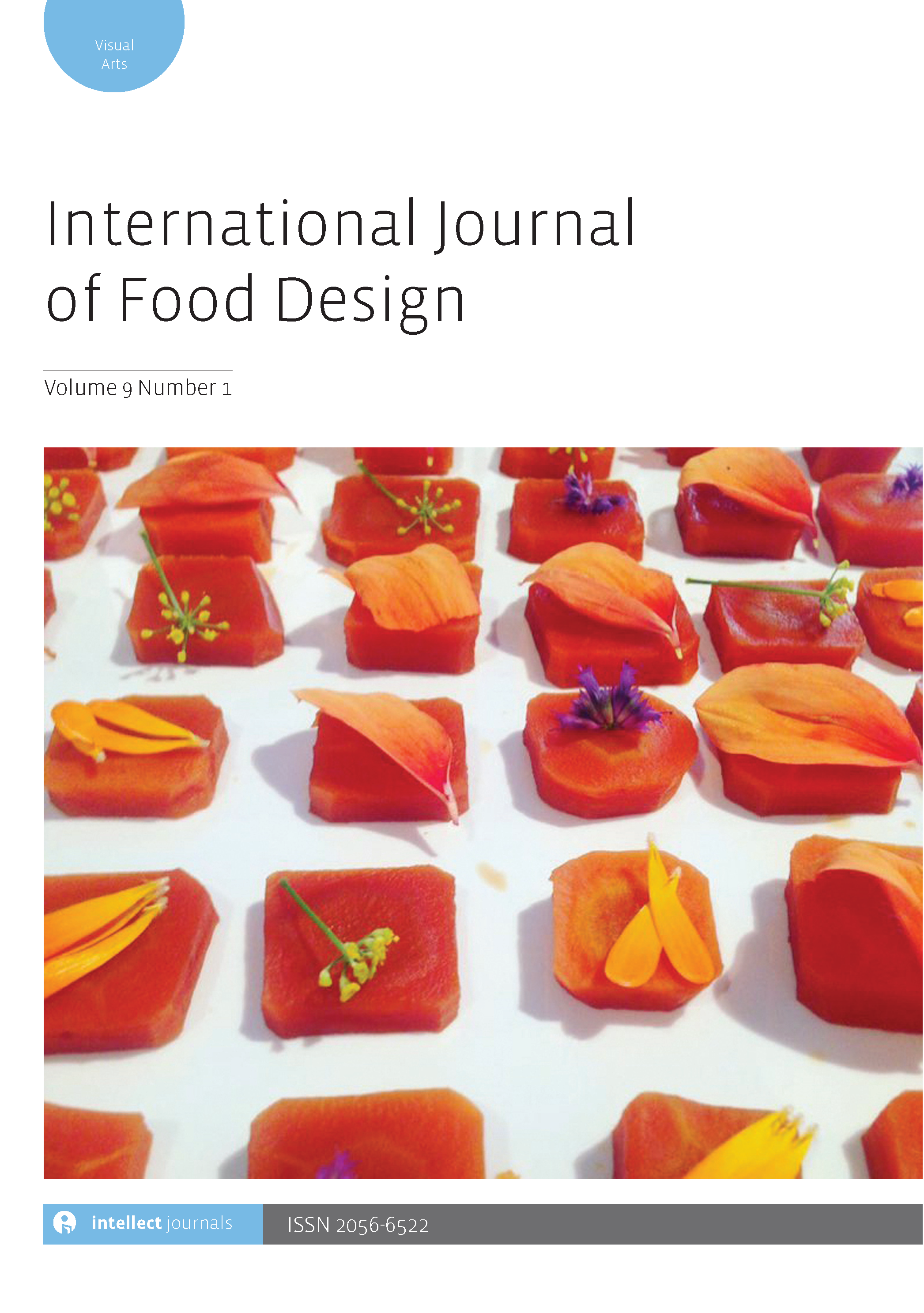-
oa Alimenta: A design-led systemic action against homelessness-related food poverty
- Source: International Journal of Food Design, Volume 8, Issue Co-Creating Sustainable Food Systems, Oct 2023, p. 227 - 257
-
- 11 May 2021
- 08 May 2023
- 17 Jul 2023
- Previous Article
- Table of Contents
- Next Article
Abstract
This article presents a project carried out as a design-led systemic action aimed at tackling food poverty among people experiencing homelessness in Turin, Italy. Building on their experience in this project, the authors discuss the complex and multidimensional nature of homelessness-related food poverty within a mature socio-economic context and argue how design enabled systemic actions to understand and tackle this phenomenon. First, the article describes the birth and development of the ongoing project. It outlines the background scenario within which Alimenta started eight years ago, by presenting the issues and the spotty response to food poverty performed by the civil society and the city administration at that time. Then, it outlines how Alimenta was designed to address the health and social needs related to the scarcity and the qualitative deficiencies of food resources for the people hosted in the city’s public shelters. It highlights the relevance of the multi-stakeholder perspective and of the co-design and co-production approach – promoted by the project team – in allowing the city actors to better deal with food poverty and to counter the several criticalities at stake. Second, the authors describe how by enabling multi-level relationships between local actors, and by coordinating and facilitating actions pursuing different objectives, Alimenta has contributed to a systemic response to the material and immaterial aspects of food poverty. The article thus presents the achievements of the project regarding the well-being of the beneficiaries and the new local food system created. Finally, a focus is given to the knowledge that the project has generated in relation not only to the phenomenon of food poverty and to the possible ways of facing it but also to the possible role of designers in this kind of contexts. Thus, the authors discuss the limits of Alimenta and the potential scalability of the designed interventions from a ‘design for policy’ perspective.



